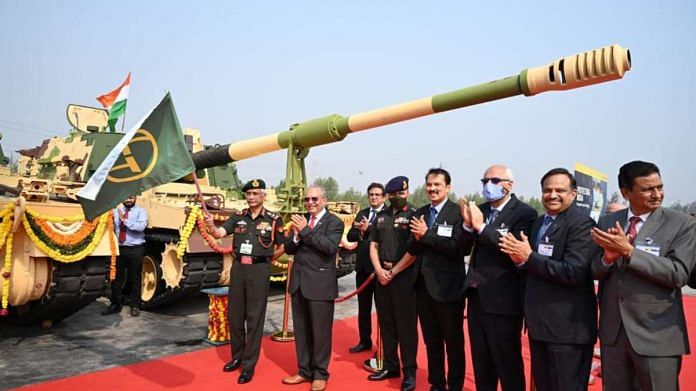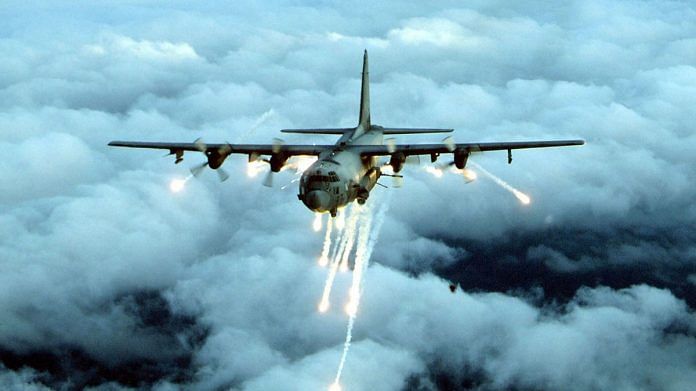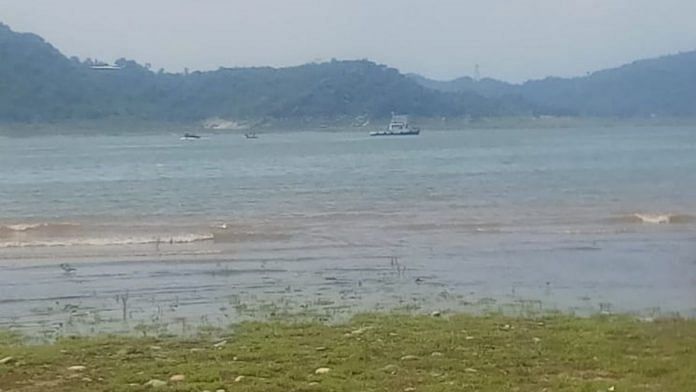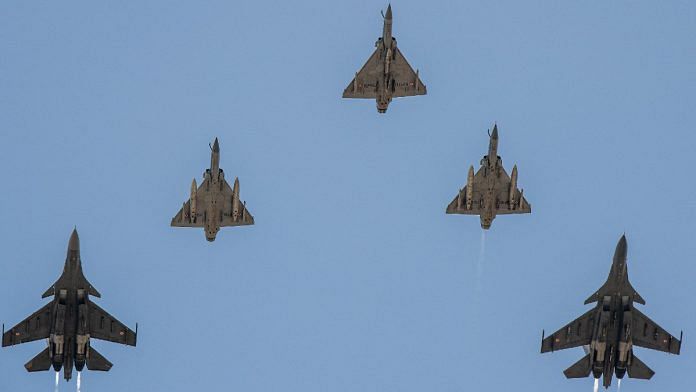
If tanks succeed, victory follows,” said Heinz Wilhelm Guderian, a German general during World War II. A tank warfare strategist, Guderian was a firm believer in the utility of the armoured behemoths
India’s own main battle tank has been in the making for 50 years. In November last year, while visiting soldiers at the border town of Longewala in Rajasthan, Prime Minister Narendra Modi rode an armoured beast—Arjun Mk-IA, a third-generation main battle tank indigenously designed, developed and manufactured by the Defence Research and Development Organisation, in association with 15 academic institutions, eight labs and several micro, small and medium enterprises. Modi’s ride was a proud moment for the team of 500 scientists and technicians who developed Arjun. The Army will now order 118 units of the upgraded tank, in what is expected to mark the finest chapter in the Make in India story.
With around 4,300 tanks and 8,700 armoured vehicles, India’s armoured strength is one of the best in the world. “Though every country boasts tank capability, the way Arjun has been tested is beyond what any army in the world can do,” said V. Balamurugan, director of Combat Vehicles Research and Development Establishment (CVRDE) at Avadi near Chennai, the DRDO’s lead laboratory that designed the tank. “Arjun (upgraded version) has done over 7,000km of trial runs, which does not happen in any country. It is on par with other main battle tanks in the world.”
When THE WEEK visited Avadi, the mood was upbeat. The developers expect Arjun to replace the Russian T-72 that is still in service. And when it happens, it will be a dream come true. The need to develop a battle tank had become clear in 1971, when India fought its last full-fledged war with Pakistan with the help of Russian tanks.
Tank development is based on two philosophies—eastern and western. The eastern philosophy, dominated by the Russians, lays stress on smaller, lightweight tanks for en masse attacks. The western philosophy, followed by the British, Americans and Germans, focuses on heavy tanks. While building Arjun, the DRDO chose the western philosophy—and emulated German tanks in particular.
A tank requires firepower, mobility and protection as basic features. The specifications for Arjun, however, kept changing for more than two decades as the Army kept upgrading requirements. Also, India’s diverse terrain conditions—from the rocky parts of Jammu and Kashmir to the alluvial soil of Punjab and northern Rajasthan to the marshy Rann of Kutch—posed a huge challenge in terms of cross-country mobility capability. Though India had been making Vijayanta tanks under license from Vickers in the UK, developing a main battle tank was an altogether different ball game.
In 2007, almost 24 years after its first prototype rolled out, and four years after it formally entered service in the Army, Arjun was fielded against the Russian T-90 and T-72 in Rajasthan. Unimpressed, the Army pointed out several deficiencies—inadequate fire control system, inaccurate guns, low speeds in tactical areas, and persistent inability to operate in temperatures over 50 degrees Celsius. Within two years, though, the DRDO solved the problems.
With the induction of the first batch of Arjun, India entered a select group of 10 countries that have designed and developed their own main battle tanks. The group includes the UK, France, Germany, the US, Israel, South Korea, Russia, Japan and China. As it prepares to become India’s main battle tank, Arjun would also have to face additional threats from air, particularly from low-flying aircraft. “Therefore, an air-defence gun would have to be added,” said Balamurugan.
The latest version of Arjun (Mk-1A) is considered to be one of the world’s most advanced tanks. It carries 39 rounds of different types of ammunition, including thermobaric shells designed as bunker-busters. It is also armed with a 12.7mm anti-aircraft gun that is remotely operated from within the crew compartment.
Arjun weighs 68 tonnes, though, making deployments tough. Existing culverts and bridges are not designed to carry such a heavyweight tank. The DRDO says the upgrade is heavier because of modifications sought by the Army and the stipulated inclusion of an extra crew member. Unlike Russian tanks, which has a crew of three (commander, driver and gunner) Arjun has to accommodate four (including a loader). Russian tanks are autoloaders.
“With additional protection and armaments, the tank’s weight increased,” said V. Balaguru, additional director of CVRDE. According to him, though, Arjun’s weight is more or less equal to that of several main battle tanks. Challenger 2 of the UK weighs 62.5 tons (combat-ready weight of 75 tons), Leopard 2A6M of Canada weighs 62.5 tons and Abrams M1A1 of the US weighs 67.5 tons.
Arjun’s suspension running system—which stabilises the tank while firing—was one of the most difficult technologies to develop. “Besides providing a stable platform to the tank that is essential for ensuring fire-on-the move capability, it also gives excellent ride comfort for the crew, minimising fatigue even on extended runs,” said S. Ganesan, additional director (mechanical), at CVRDE.
In 2000, the Army had inducted 124 Arjun Mk-1 tanks, with 62 per cent of equipment sourced from abroad. More than two decades later, the DRDO is preparing to roll out the next-gen Arjun. Four years from now, most of the items that are currently imported will be manufactured in India as part of the Atmanirbhar initiative.
“We have waited 22 years to convince the military that Arjun (with 81 improvements) is the best tank,” said Balamurugan. “And finally, we are getting an order for 118 units.”








































































